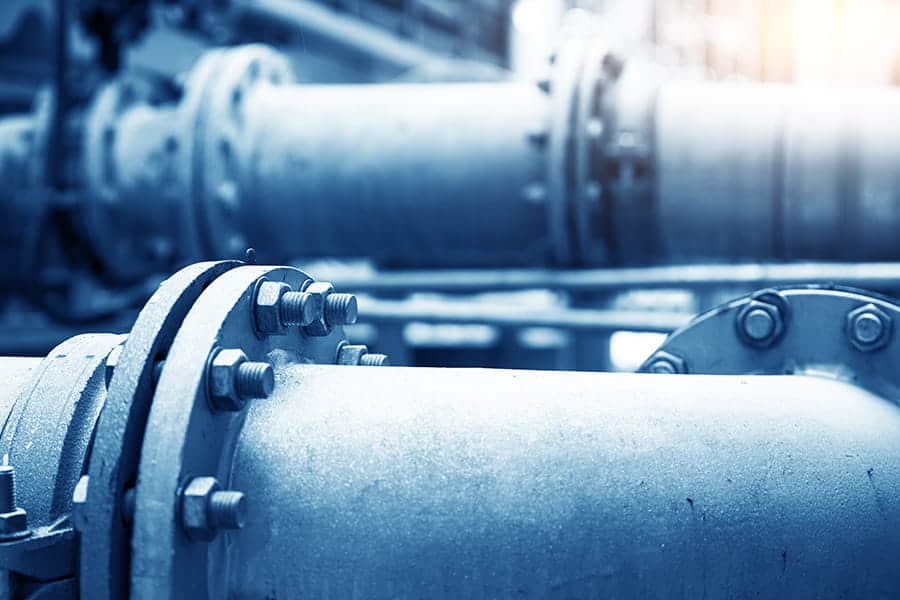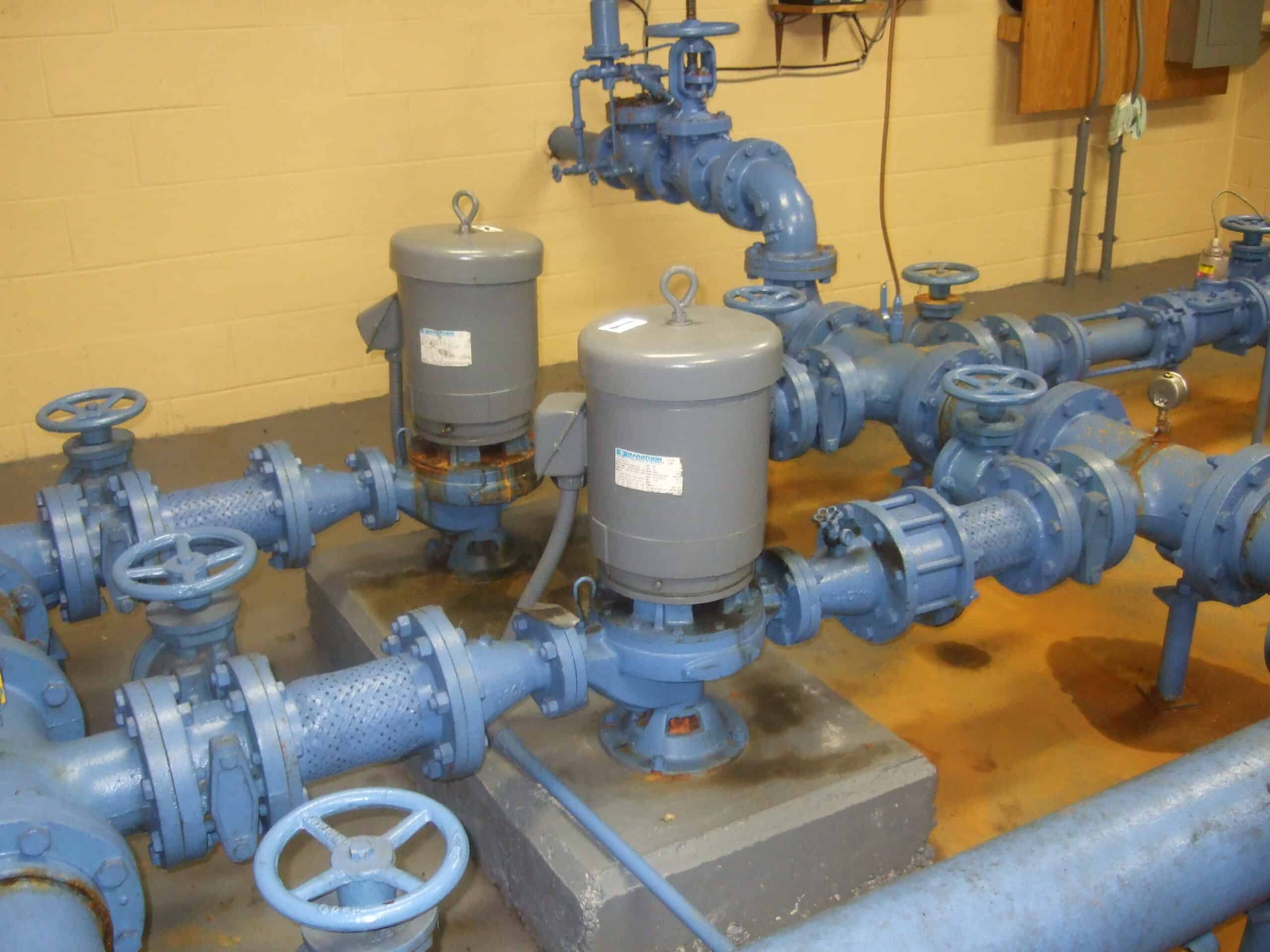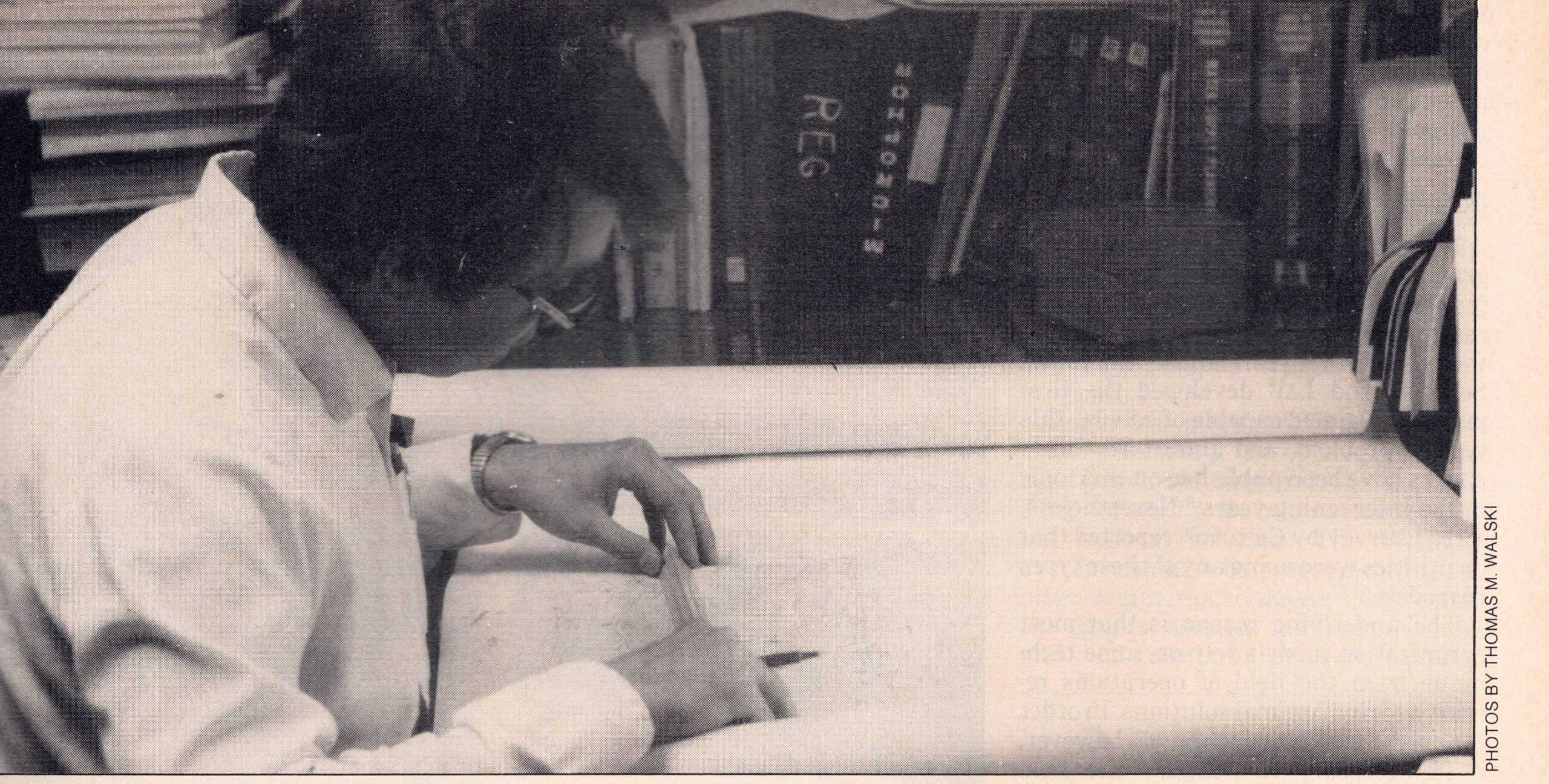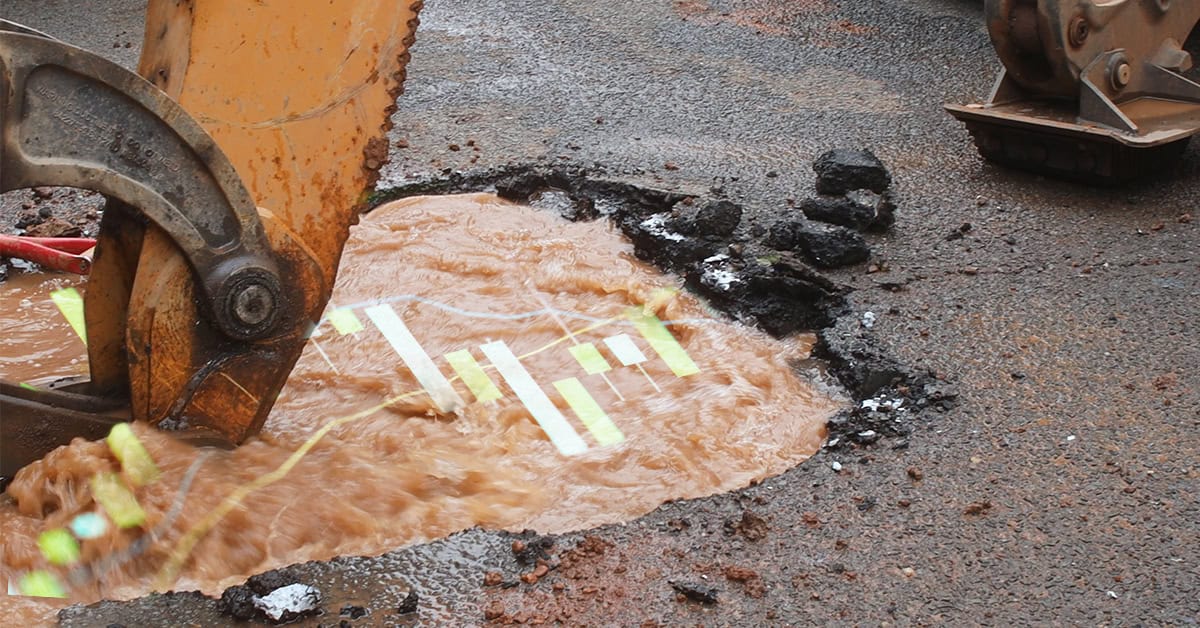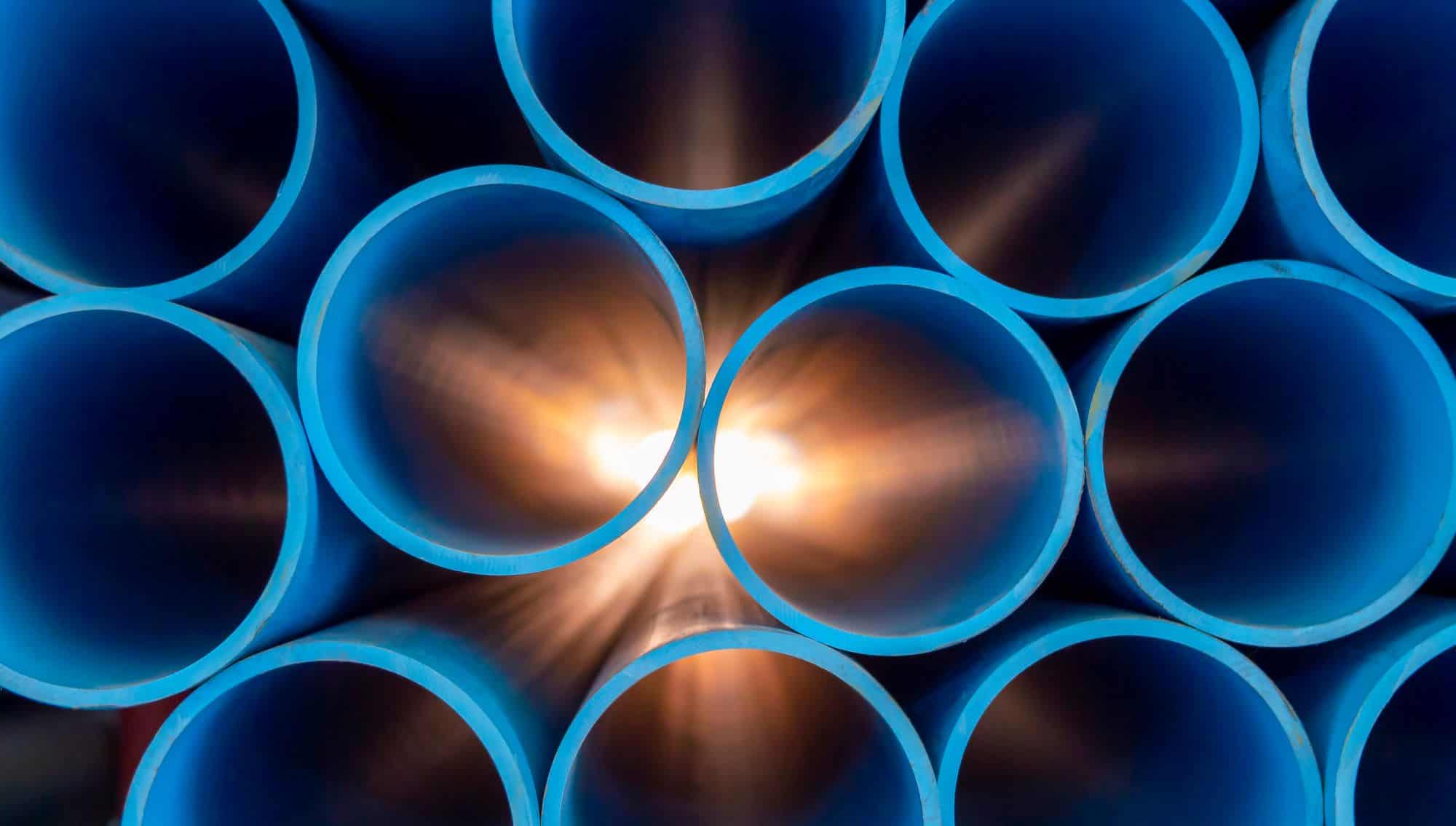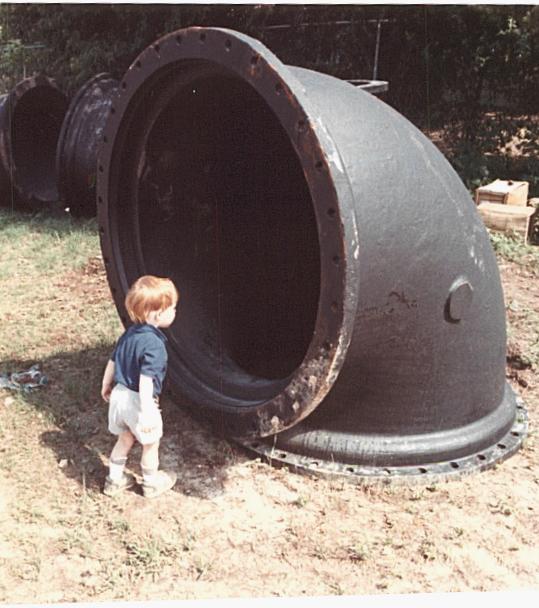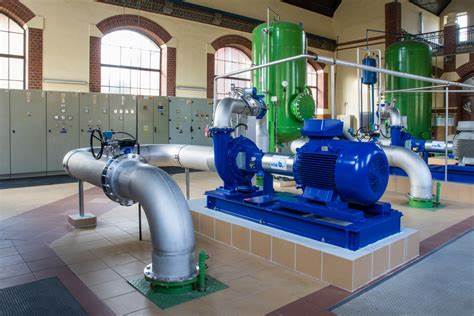No one wants to see wastewater flowing out through a manhole cover. No one wants wastewater flowing in their street. It can lead to regulatory enforcement actions in most places.
No easy way to measure that flow
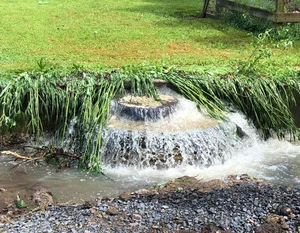 It is useful however to be able to estimate the flow out of a manhole, whether it is to report to regulators or as a check on model calibration. However, there is no easy way to measure that flow. The flow path once the flow leaves the manhole is anything but uniform such that there is no easy place to insert a flow meter.
It is useful however to be able to estimate the flow out of a manhole, whether it is to report to regulators or as a check on model calibration. However, there is no easy way to measure that flow. The flow path once the flow leaves the manhole is anything but uniform such that there is no easy place to insert a flow meter.
Much better than a wild guess
The solution is to accurately measure the flow at some point under known flow conditions and correlate that measured flow to photos—not a perfect method but much better than a wild guess.
One such study was performed by the Southern Section Collection Systems Committee of the California Water Environment Association.
Their study was done at the Eastern Municipal Water District and the results are shown below.
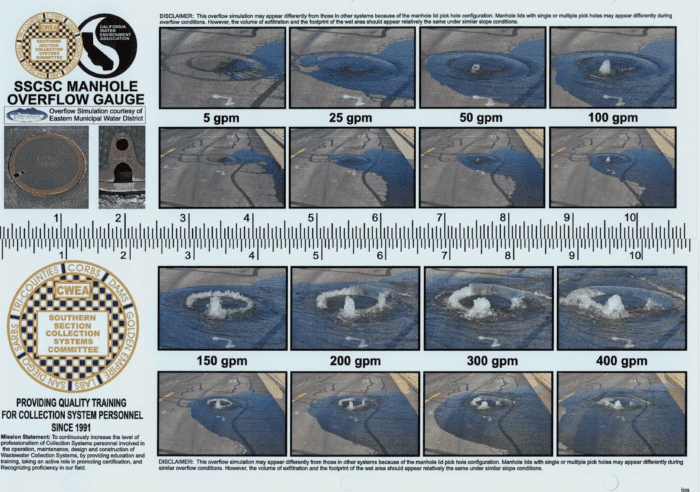
The City of San Diego conducted similar measurements and published this graphic.
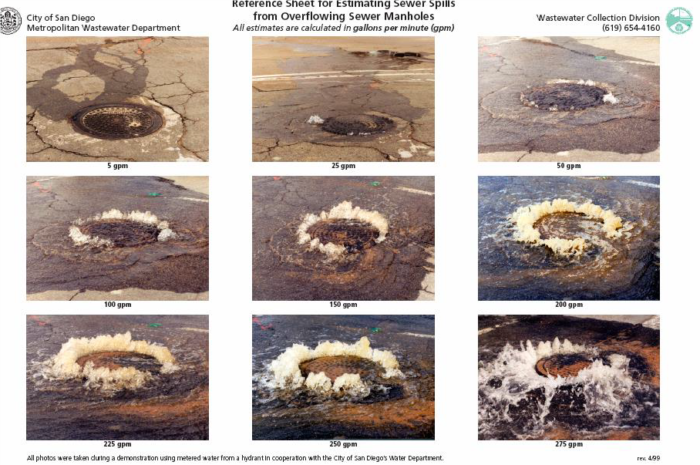
Hydraulics of overflowing manholes study
I was involved in a study at Wilkes Univ., trying to determine the hydraulics of overflowing manholes. You would think that the cover would lift significantly with flow. However, the lift is fairly tiny. Once the cover lifts off the seat, it doesn’t rise dramatically. Instead, it merely floats (if it is possible to use the word “float” for a 100 lb. piece of cast iron). We presented that paper at a WEF Collection Systems Conference. Let me know if you’d like a copy.
Walski, T., Whitman, B., Kelly, B., Leaman, M., and Loughran, D., 2008, “New Findings in Estimating Flow Rates through Overflowing Manhole Covers,” WEF Collection Systems Conference, Pittsburgh, PA.
We didn’t have access to a fire hydrant, so the range of our flow rates in our tests wasn’t as great as the other figures, but the results were strikingly consistent. Our work was done in a lab, so the flow metering was probably a bit more precise for the flows we did measure. Here are a few representative flow rates.
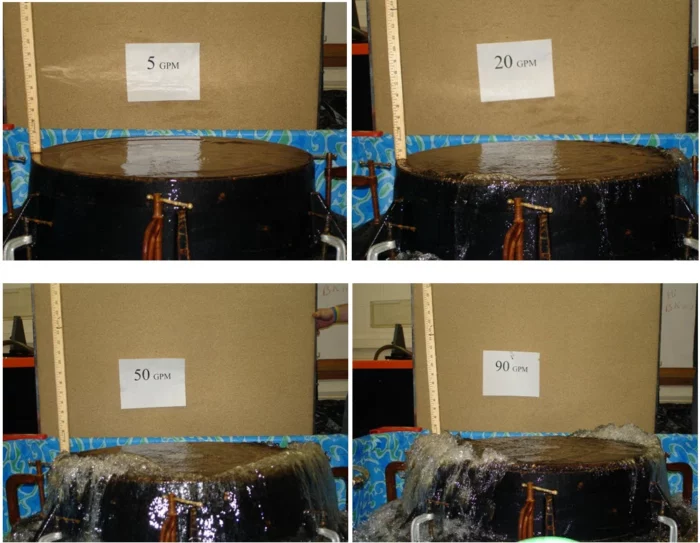
So, if you’re not sure what the overflow rate from your manhole is, take a picture and compare it with any of the above to give you a reasonable estimate.
If you want to contact me (Tom), you can email tom.walski@bentley.com.
Want to learn more from our resident water and wastewater expert? Join the Dr. Tom Walski Newsletter today!

